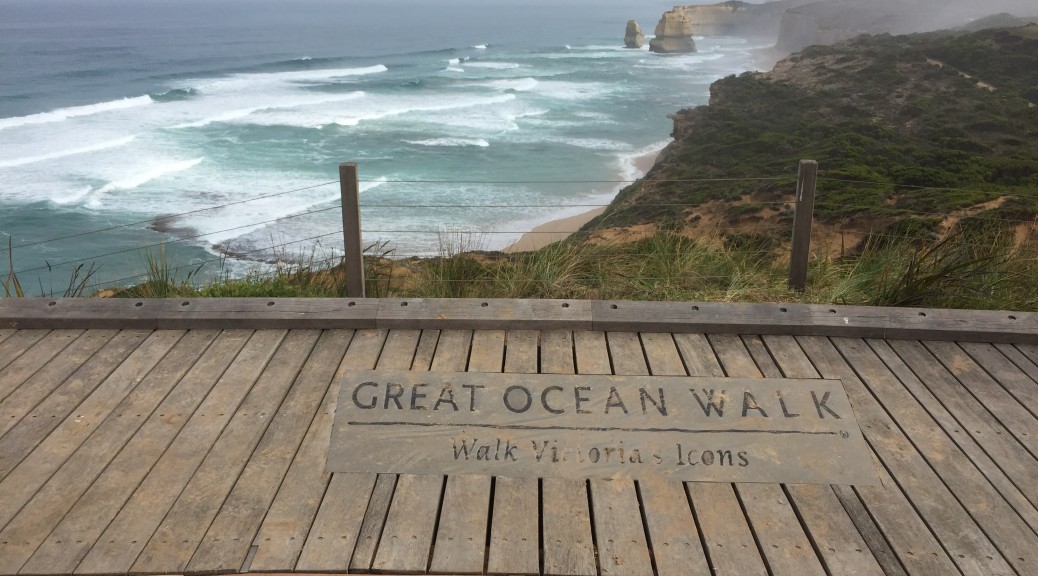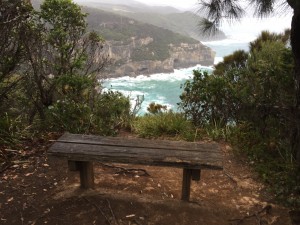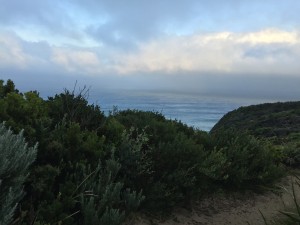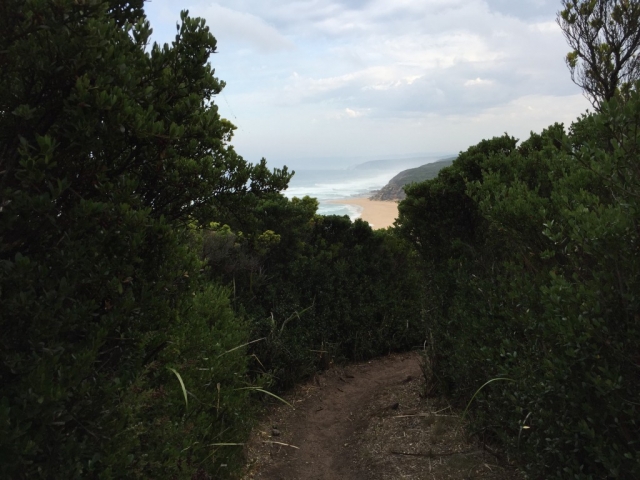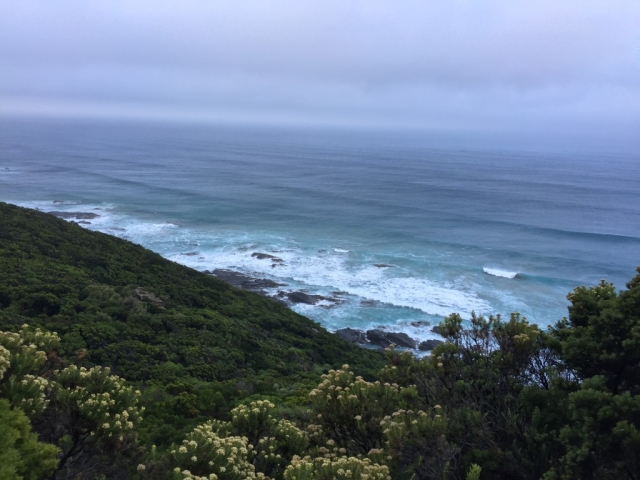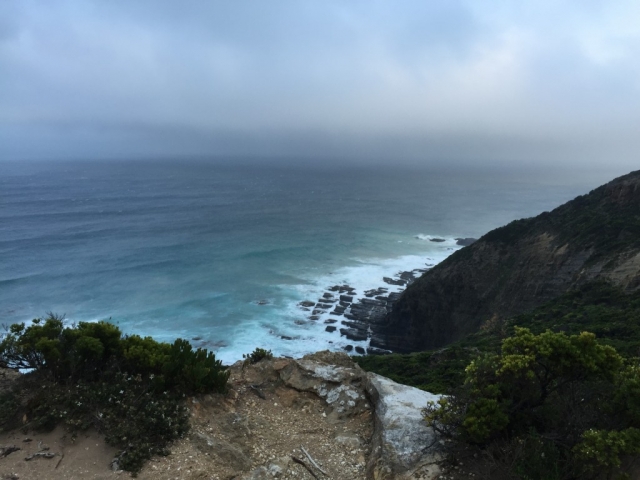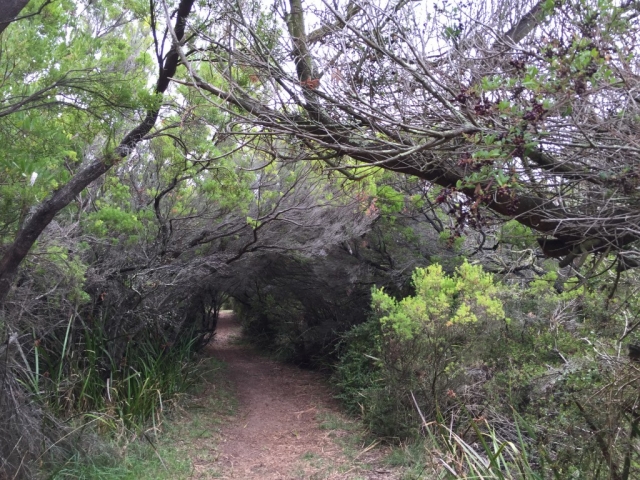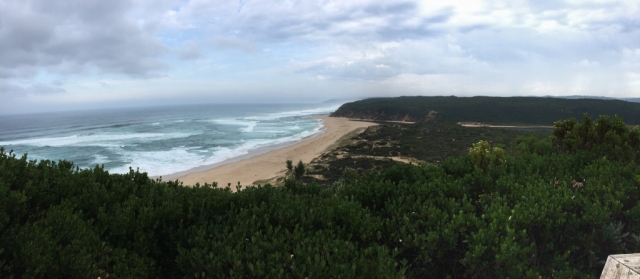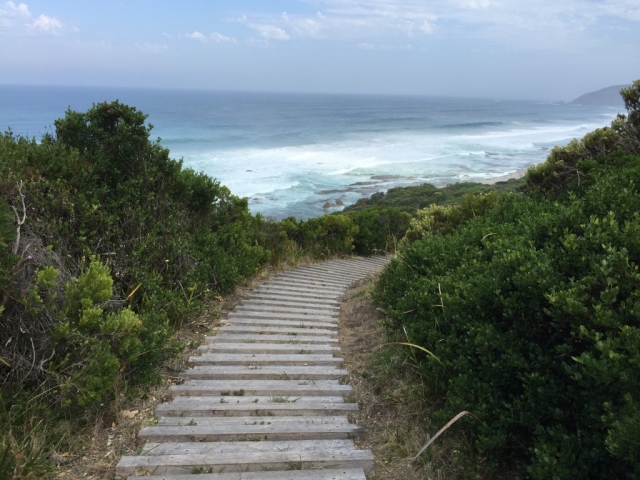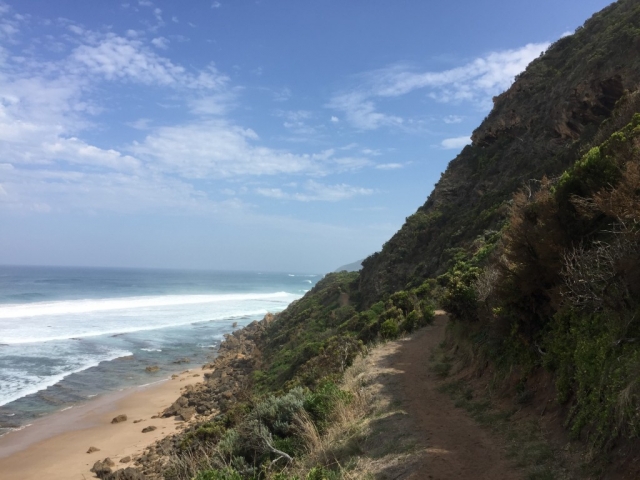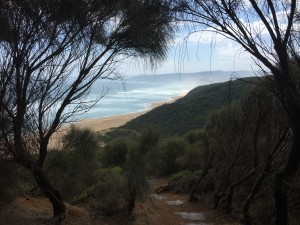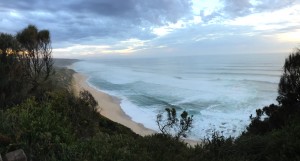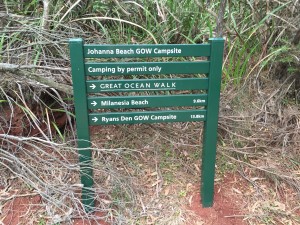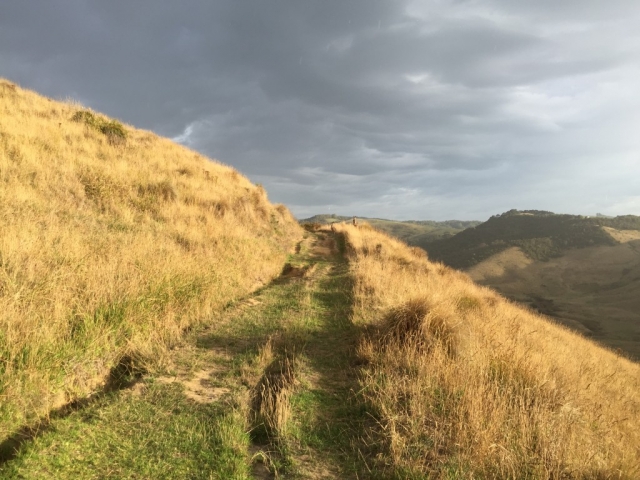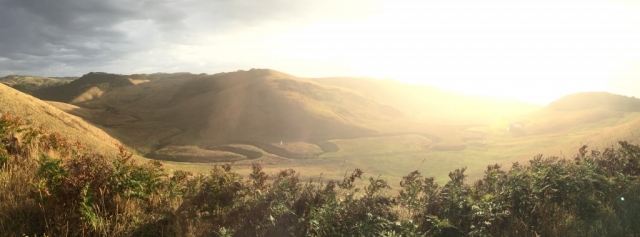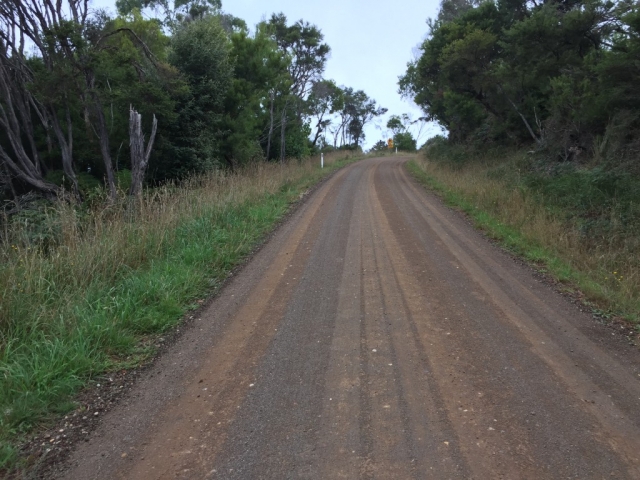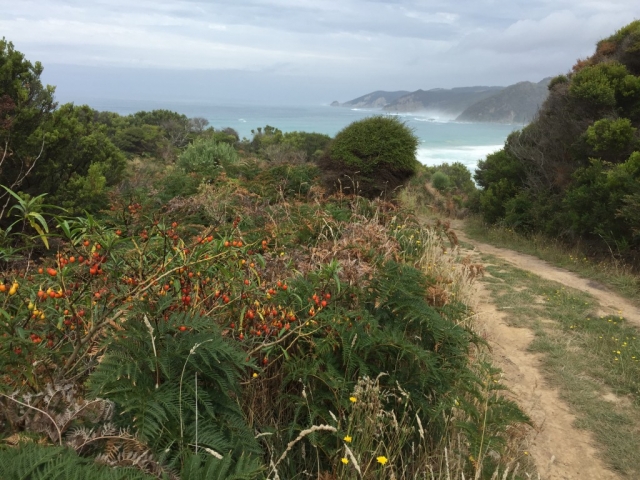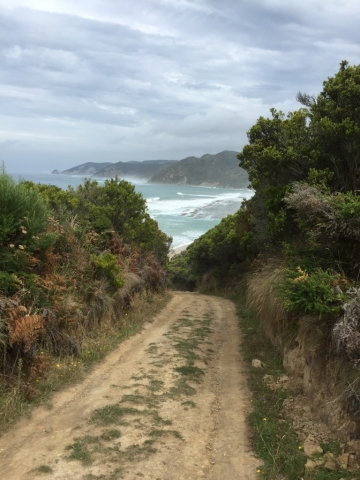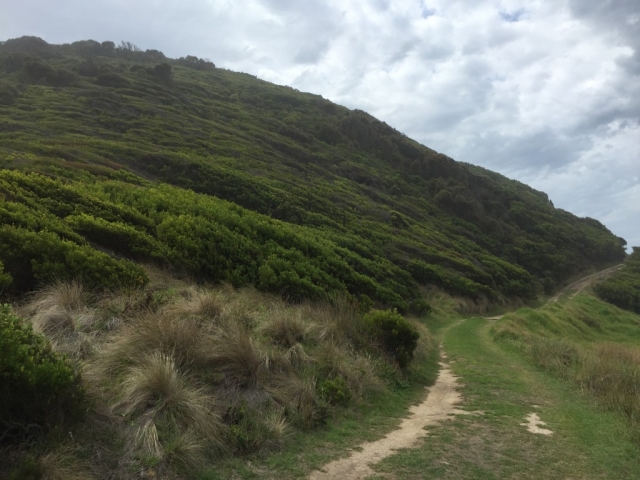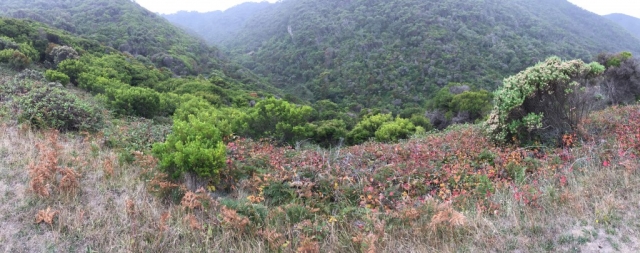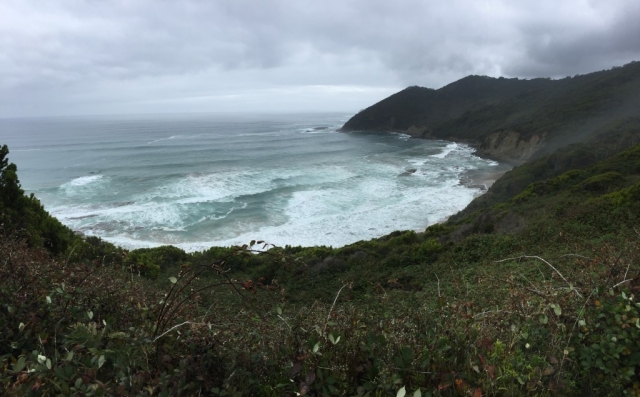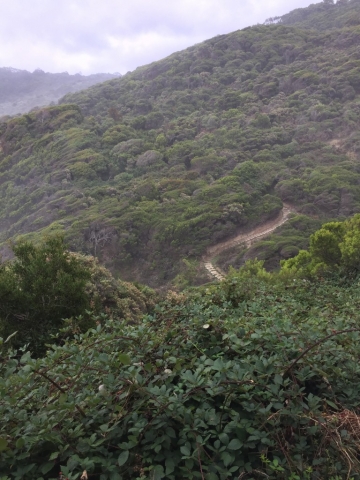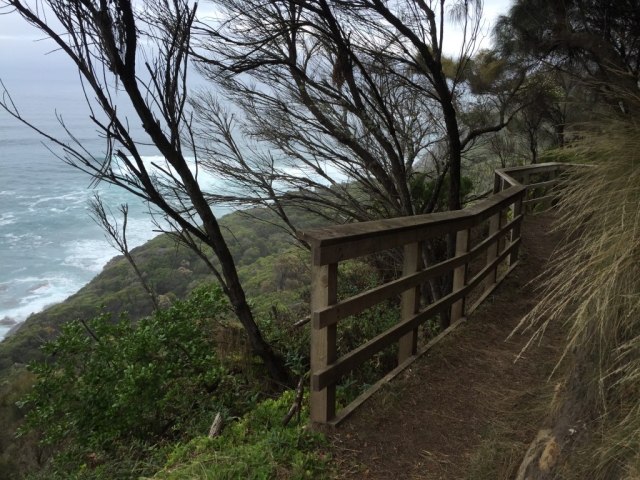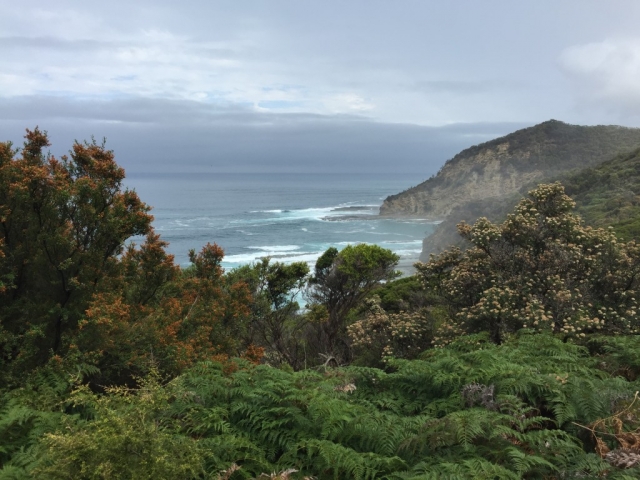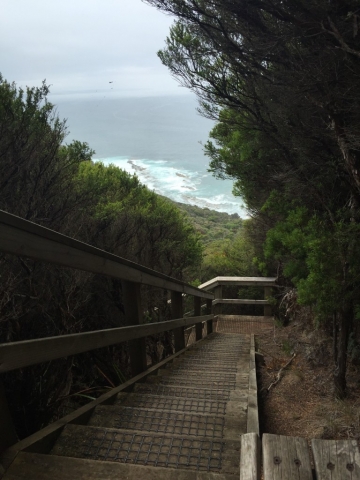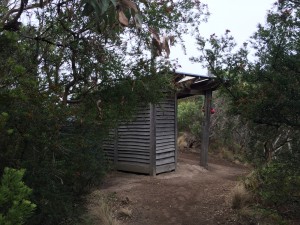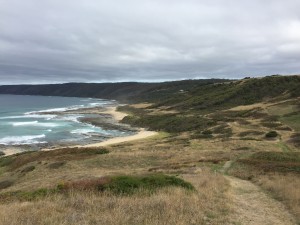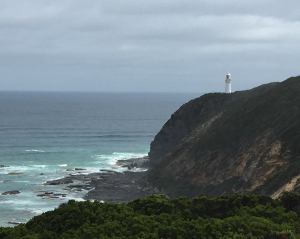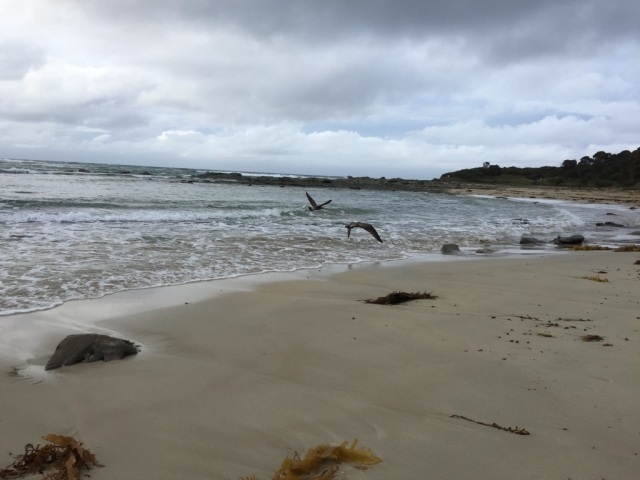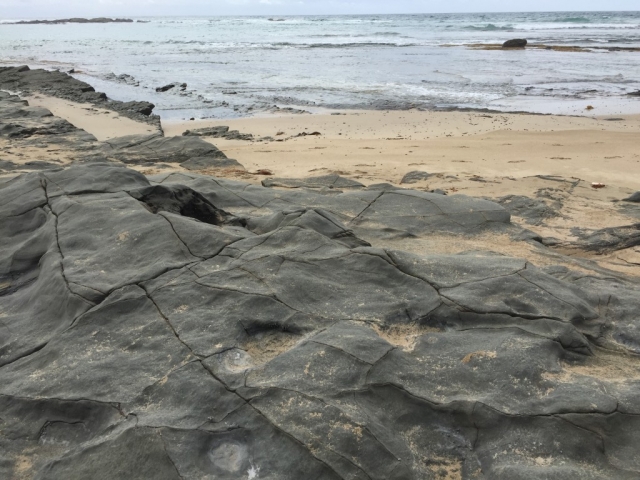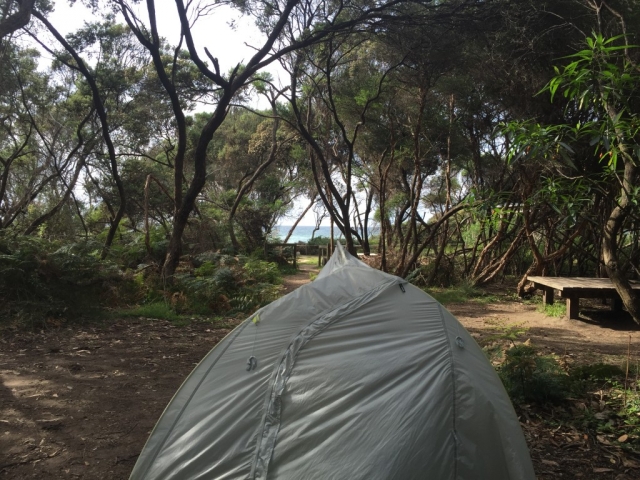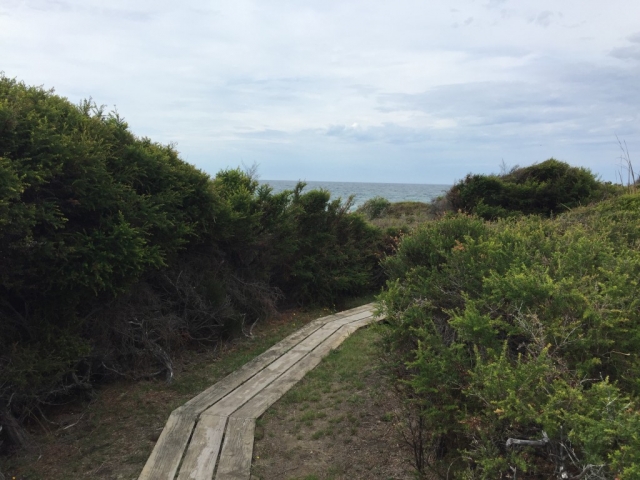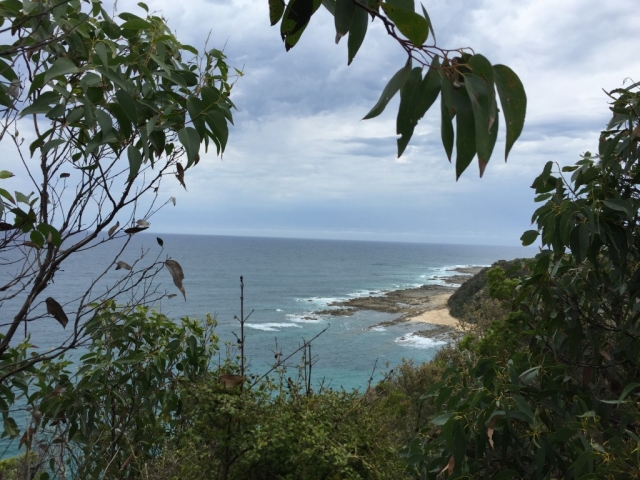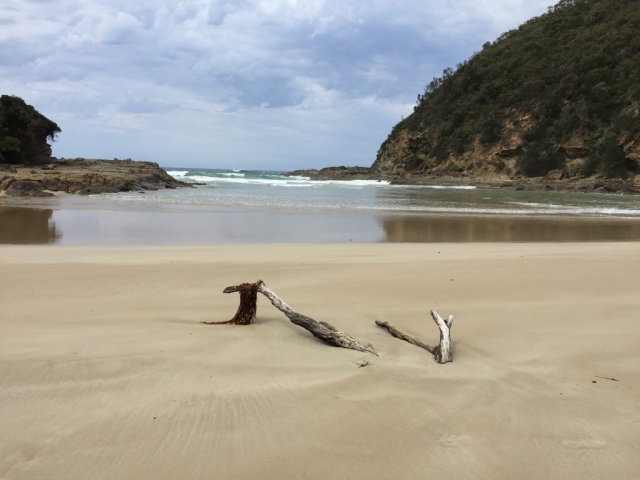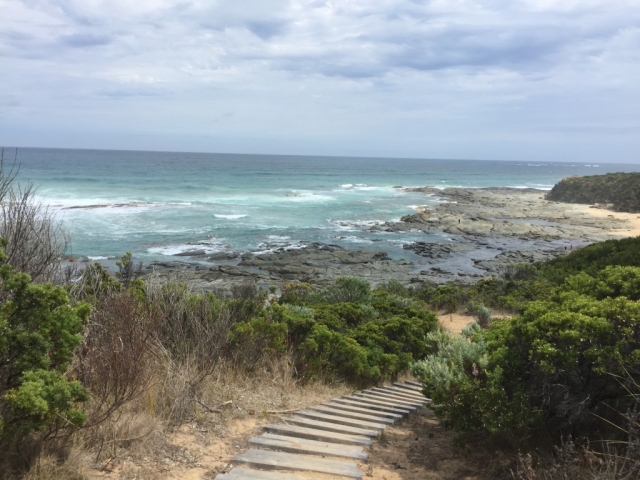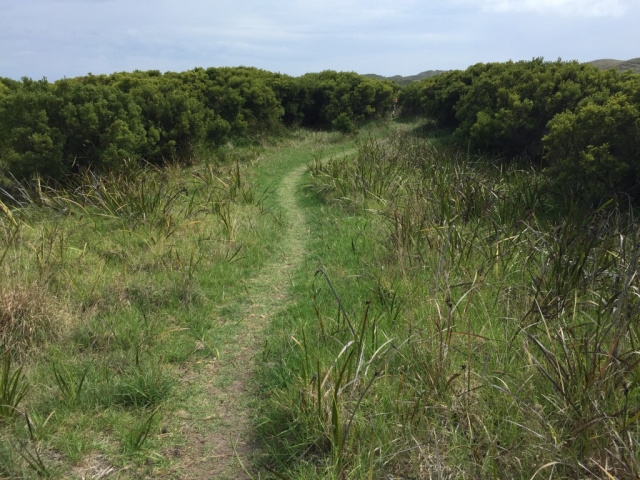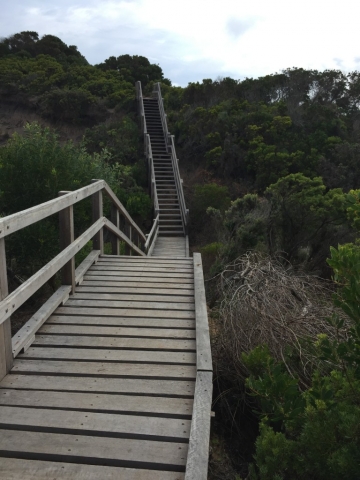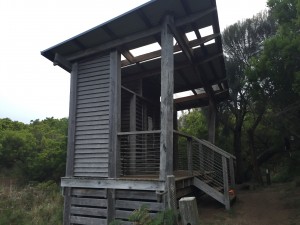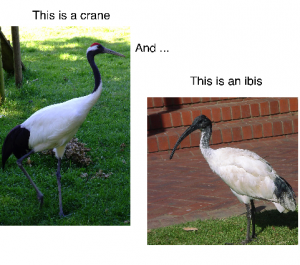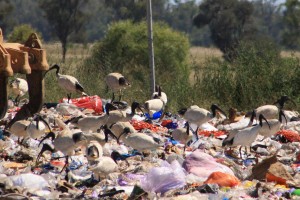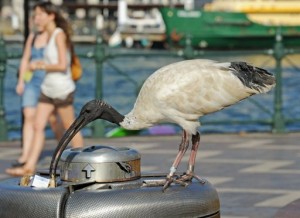22 May 2016 – 25 May 2016

The trip to Uluru started terrifically – even on the day before, with a roughly magnitude 6 earthquake close to the Ayers rock.
Things didn’t become better – first there was a water leak on the outbound plane. We sat near the very back and when we reached our destination, the rear door at back failed to open. So after waited for ages at the back of a long queue, we finally picked up the rental car and when we reached the campground, the cabin we had been given could not be locked. Later, the resort changed us to another cabin.

But that didn’t stop us driving to uluru-kata tjuta national park later that afternoon. After a short tour around the park, we waited for the sunset at designated area. There was no awe-inspiring experience induced by the colour changing rock because it was cloudy!
The next day when we waited for sunrise, it was even worse – it started drizzling. Did I read somewhere that it only rains several days out of a year in the area? This site even says that you would have to be lucky to actually be there when it rains. I guess I must be really lucky as always.

The trip went well despite all the small glitches.
The amazing scenery started as early as in the middle of the flight, the landscape in the centre Australia was rather flat, tinted with red hew and occasionally adorned with colourful lakes.



The resort at Ayers Rocks consisted of 5 few hotels & resorts, including a campground. There was also a police station, a post office, a few restaurants and a small supermarket. That’s all pretty much it, and it’s in the middle of no where, hundreds of kilometres from the closet town, which was Alice Spring. To my utter surprise, there was excellent mobile coverage. Judged by the amount of solar panels in the area, electrical for the whole place probably came from the sun.

We spent the late afternoon of the first day and early morning of the second day in the vicinity of Uluru, visited the culture centre, stopped by the sunrise and sunset viewing areas and took a short stroll near the monolith itself.



By the noon on the second day, we moved on to Kata Tjuta. I can now understand why the area is a wonder of the world – because the landscape is strange, it’s either relatively flat desert or a bunch of huge rocks in the middle of nowhere.


That afternoon we drove to Kings Canyon, there no mobile reception anywhere along the road. Despite the lacking of cars and the highway being rather narrow(1 lane in each direction), the road to and from Kings Canyon was very well maintained.

Scenery consisted mainly of sparse vegetation, red sand, redder sand and red sand stone that is likely to degrade into red sand one day anyways. That is, unless you stop somewhere and take a closer look. There were plenty of interesting little things around.


There were plenty of dingos in the Kings Canyon region. I was amazed by how docile those semi-wild dogs were. Smart creature probably had learnt that by behaving like a dog, they had a better chance of score some food from tourists. Even though feeding dingos were prohibited in many areas.

Landscape at Kings Canyon was somewhat, special too. Those rocks reminded me of dome shaped, multilayer pastry. Yum.



Due to pareidolia, many petrified supernature figures were found on the cliff top. Those included a turtle head camel and a skull (pictures below):


Drove back to Uluru the next afternoon/evening. Only on the way back did we see some cows. There were also plenty of salt lakes in the area. We stopped by and walked to one to take a closer look.


On the last day we set out early for the sun rise again. This time, the sky was clear and sun didn’t hide behind clouds.

We also visited the camel farm nearby.

Even before the trip, I was hoping to sight a gigantic wedge-tailed eagle, but instead we saw a small black-breasted buzzard or it could be a small kite – it’s bird of prey the size of a pigeon on the road.

The whole trip was great, despite that wedge-tailed eagle were all busy and only greeted by a small kite.


